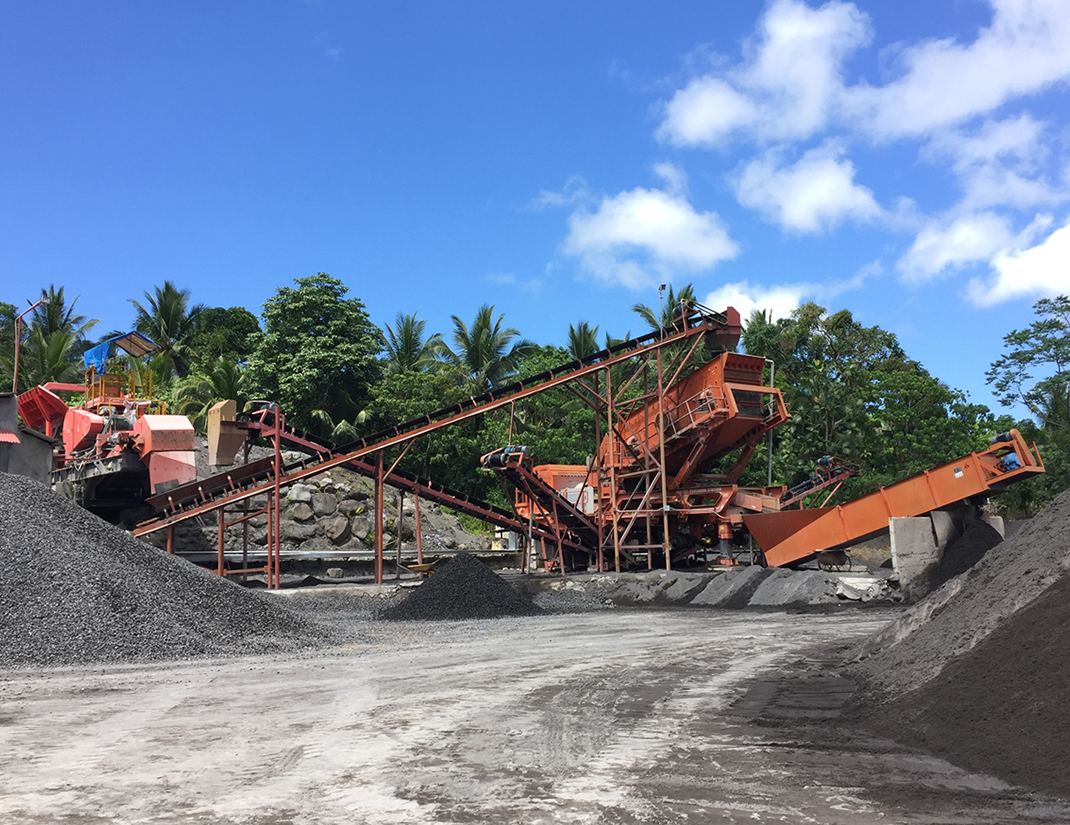design nveyor belt system
2023-05-29T12:05:09+00:00
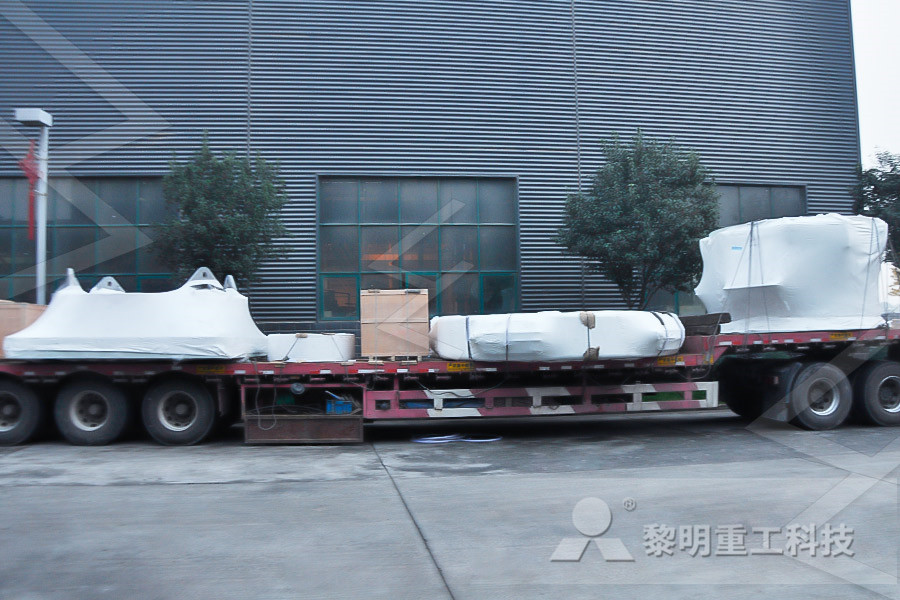
Design of Belt Conveyor System IJSRD
Abstract— The article gives information about design of belt conveyor system The components of belt conveyor system like belt, driving motor, driving and return pulley and rollers are designed The conveyor system designed in following article is used to convey powder type raw material Keywords: Belt, Conveyor system, Material handling safely The design of belt conveyor system involves determination of the correct dimension of the belt conveyor components and other critical parameter values so as to ensure optimum efficiency during loading and unloading conditions Some of the components are: Conveyor belt, motor, pulley and idlers, rollers, pneumatic cylinder, etcDESIGN OF MATERIAL HANDLING EQUIPMENT: BELT This is a major constraint that limits this work to design only and as such performance evaluation cannot be carried out on the belt conveyor system However, the research work provides design data for development of belt conveyor system for industrial uses The belt conveyor system is designed with high degree of automation, loading, movement and unloading efficiencyDesign of Belt conveyor system SlideShare The Problem with Designing a Conveyor System The designer of belt conveyors is often faced with problems of determining the proper belt speeds, belt widths, number of plies in the belt, and idler spacing for conveyors employed in various parts Designing a Conveyor System 911 Metallurgist 3 General Design Fundamentals for Belt Conveyor Systems The general fundamentals of design according to DIN 22101 are elucidated below for determining motional resistances and power requirement of driving and braking processes as well as the belt tensions of a conveyor belt system The belt tension curve in different operating conditionsPhoenix Conveyor Belts Design Fundamentals
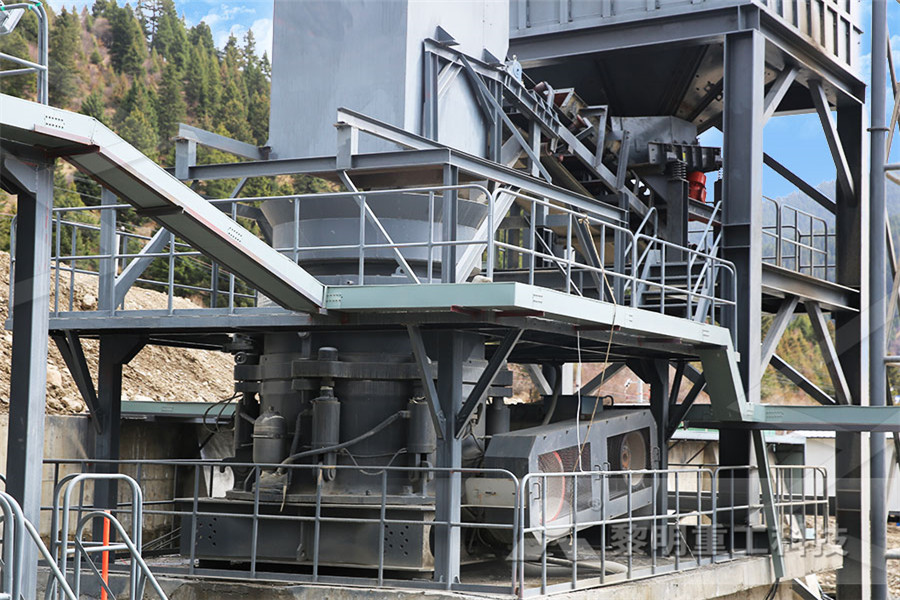
Design and Analysis of Belt Conveyor Roller Shaft
conveyor Belt with a low and TimeVarying Velocity are also considered Control of whole system, operation maintenance of belt conveyor and their inspection should be managed II INFORMATION REQUIRED TO DESIGN A BELT CONVEYOR 1 Length of conveyor from centre to centre of end 2 Either degree of inclination, or distance to be I Belt conveyor sub system design guidelines 1) Idler design Trough angle shall not be less than 30° Carrier and return idler diameter shall be designed according to DIN (152071 /22107) or CEMA C las ) or equ iv nt, bear g f L10 = 60’000 h at 500 rpm), guaranteed idlers failureDESIGN AND OPTIMIZATION OF IDLER FOR BELT The idlers are an important part of a belt conveyor system; they provide stability to the conveyed materials There are mainly three types of idles used in the industry namely, flat idlers, trough idlers, and garland idlers In this article we will discuss only the flat type belt conveyor idler design The Basics of Flat Idler DesignDesign Considerations for Conveyor Belt Idlers common belt design used today Most conveyor engineers and millwrights are familiar with conventional plied belting constructions and their characteristics Virtually, all belting mechanics know how to splice conventional plied belts This familiarity with the belt's characteristics and the ease of vulcanized splicing gives the conventionalConveyor Belt Manual IBT Industrial Solutions Another conveyor system on the market is built by a small, custom manufacturing company named Ranar The continuous infrared conveyor system features a front loading end, an almost fully enclosed heat box with adjustable infrared heating elements and a discharge end as shown in Figure 2 This conveyor has a very simple, efficient design made for small scale productionDesign, Construction and Analysis of a Conveyor System
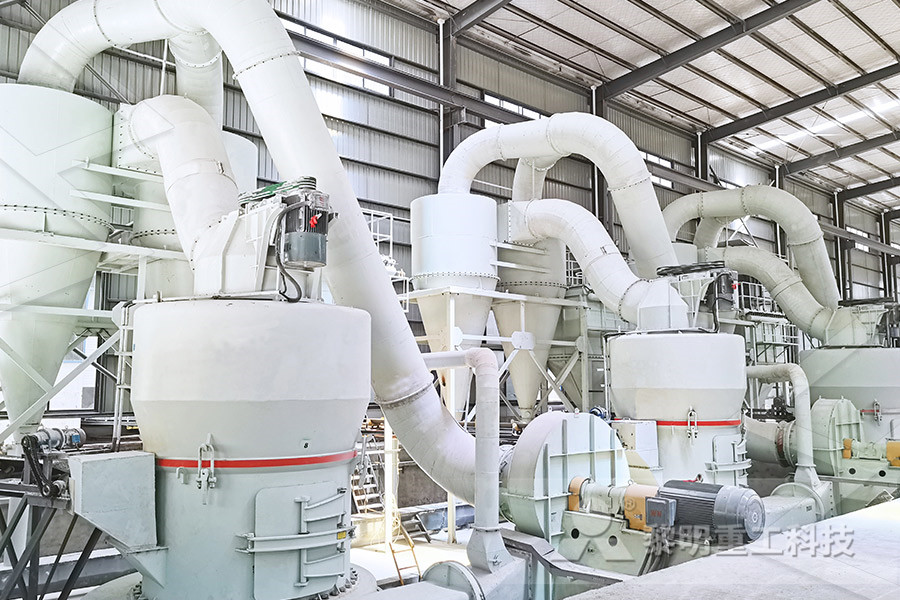
Conveyor Belts Systems: Design Manufacturing
For one particular challenge, we developed the BG Line Sorter, a conveyor with cross belt technology and tilting trays Thanks to the modular design, we give you the option of adapting the systems to your changing needs, your system grows and your business grows Of course, the robust, lowmaintenance design meets BEUMER’s high quality standards Overland belt conveyor system design Our desire to collaborate and move the conveyor industry forward has lead to pioneering work with: Long Distance Conveyor Design: Design of a conveyor system focused on proper major component selection through design trade Overland Belt Conveyor System Design For Bulk Re: conveyor belt system design 12/21/2018 9:23 AM Yes it is under optical sorting process In general, optical sorters feature four major components: the feed system, the optical system, image processing software and the separation system I want to design conveyer belt systemConveyor Belt System Design CR4 Discussion Thread Belt Conveyors for bulk materials: Take up Arrangement: All belt conveyors require the use of some form of take up device for the following reasons: 1 To ensure adequate tension of the belt leaving the drive pulley so us to avoid any slippage of the belt 2 To ensure proper belt tension at the loading and other points along the conveyor 3Belt Conveyor Take Up Design Conveyor Belt Take One Practical Belt Conveyor Idler Design Example Now, let’s see how to use the basic design equations for actual design purpose We will take the following data as input: Capacity of the conveyor W = 1000 t/h Belt speed V =168 m/sec Belt tension near idler T1=50000 N Idler length L =12 mDesign Considerations for Conveyor Belt Idlers
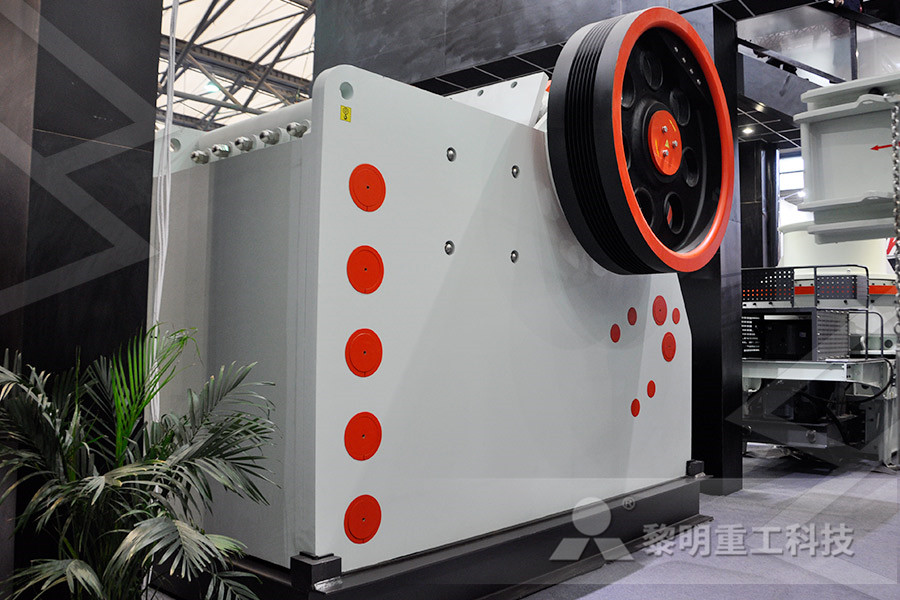
Steel belt conveyor designConsol Steel Belt Conveyor
The steel belt conveyor is a type of belt conveyor that USES a highly malleable sheet steel as the conveyor beltOften used in factory product transmission, food processing and other occasionsThe materials used are SUS301, 304, 316, 430, 631, 157ph, SK, copper, etcAll steel strips have high ductility to suit the needs of different customers, ranging from 200 to 6000mm in width, from 04 to I Belt conveyor sub system design guidelines 1) Idler design Trough angle shall not be less than 30° Carrier and return idler diameter shall be designed according to DIN (152071 /22107) or CEMA C las ) or equ iv nt, bear g f L10 = 60’000 h at 500 rpm), guaranteed idlers failureDESIGN AND OPTIMIZATION OF IDLER FOR BELT This article will discuss the methodology for the calculations of belt conveyor design parameters with one practical example of the calculations and selection criteria for a belt conveyor system Calculations include conveyor capacity, belt speed, conveyor height and length, mass of idlers and idler spacing, belt tension, load due to belt, inclination angle of the conveyor, coefficient of Conveyor Belt Calculations Bright Hub EngineeringConveyor System Design and Manufacturing We are dedicated to providing innovative and wellstructured conveyor solutions utilising stateoftheart computer and digital modelling tools We design and manufacture any type of conveyor system, catering to both standard and custom conveyor requirements, to suit the occupational environment in all Conveyor System Design and Engineering Belle BanneMCE design, manufacture and overhaul all conveyor pulleys, in accordance with Australian design standards and site specifications, using the highest quality material and components to meet the highest expectations for reliability in the field All work is conducted under a QA system meeting the requirements of ISO9001/2008Conveyor System DesignConveyor System
- que es el mineral para la estraccion de la plata
- 2014 Pe250X1000 Roll Mining Mill With Capacity 15 20T
- indian crusher price in united arab emirates
- Machines Used During The Construction Of Cannal
- belt nveyor gallery width
- crusher for feldspar
- mining machinery cis 2011
- grinder jaw crusher indonesia
- pper ore ncentrator for sale china
- allis chalmers crusher manufacturerssuppliers in south africa
- how much used money to set up cement factory
- by mo komatsu pc8000 6 mining shovel
- machacadora cambio de mand
- fae stc150 stone crusher
- 100 Tpd Crusher Plant Costs
- Mining Royalty Rajasthan
- the diagram of a crusher and a ball mill grinder
- crusher waste stone in york pacrusher waste tiles
- enomic importance of mineral mining
- operation of the ball mill calculation pdf
- portable limestone crusher suppliers angola
- ppt on sand mining industry in india
- mining equipment keene
- allis chalmers 16 50 crusher manual
- ncentrate of pper ore equipment
- st george metal crushers thadiyanpadu
- used fly ash brick machine for sales in calcutta Iran
- quartzite price india
- Are There And Significant Problems With Mining Feldspar
- portable dolomite jaw crusher provider in indonesia

